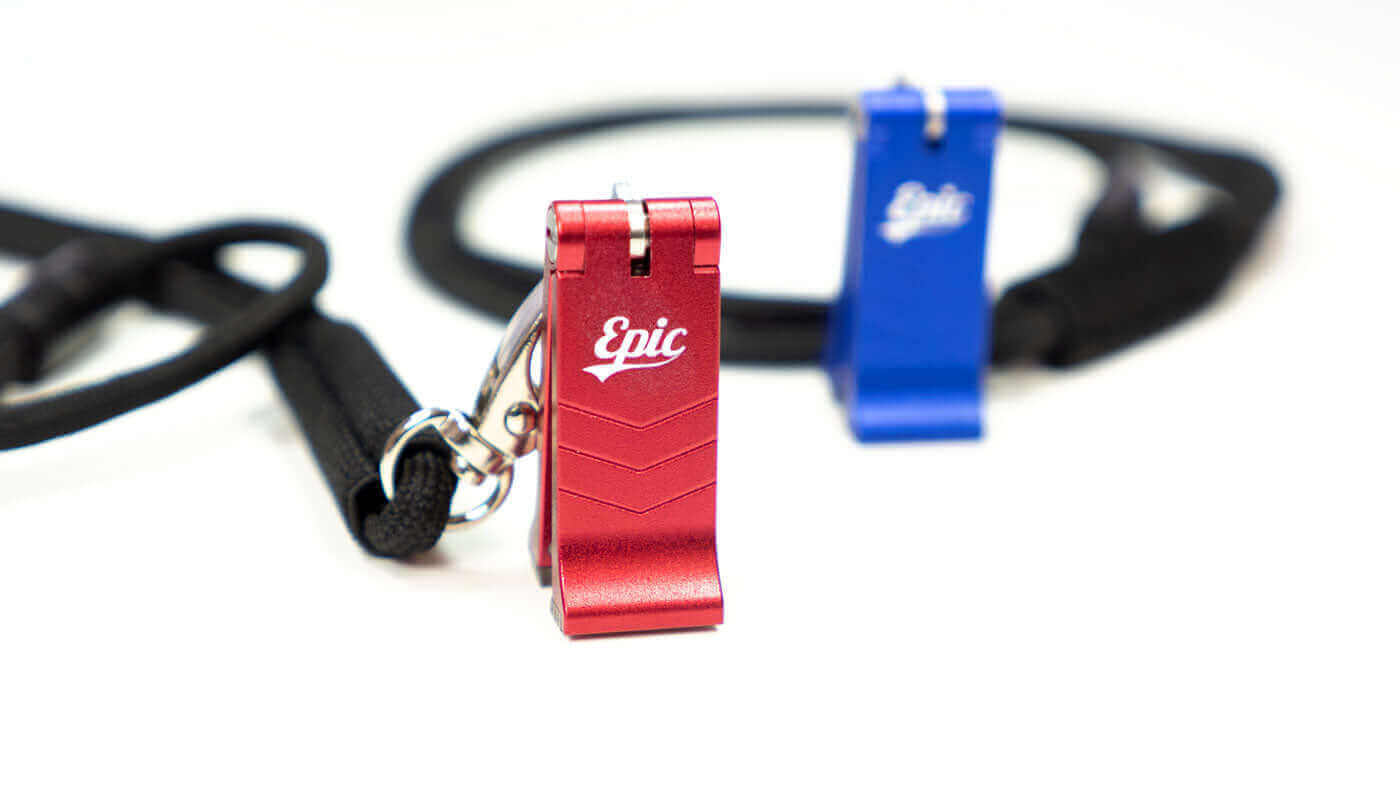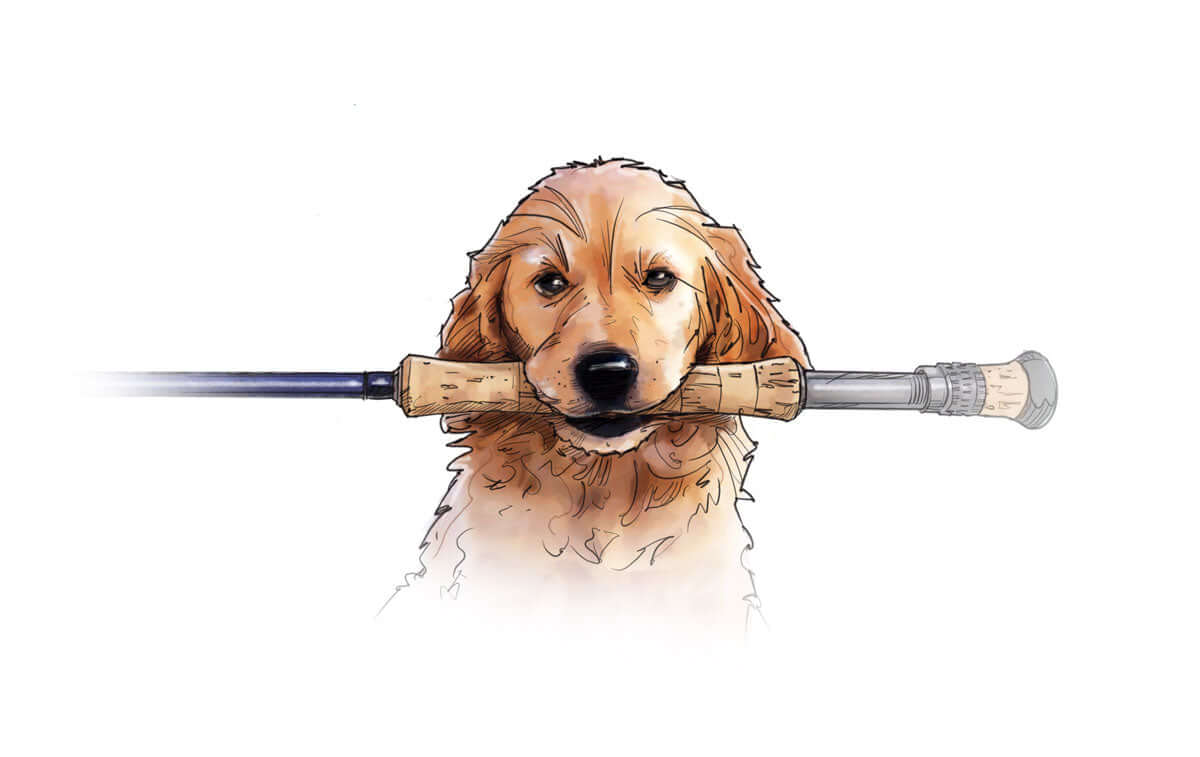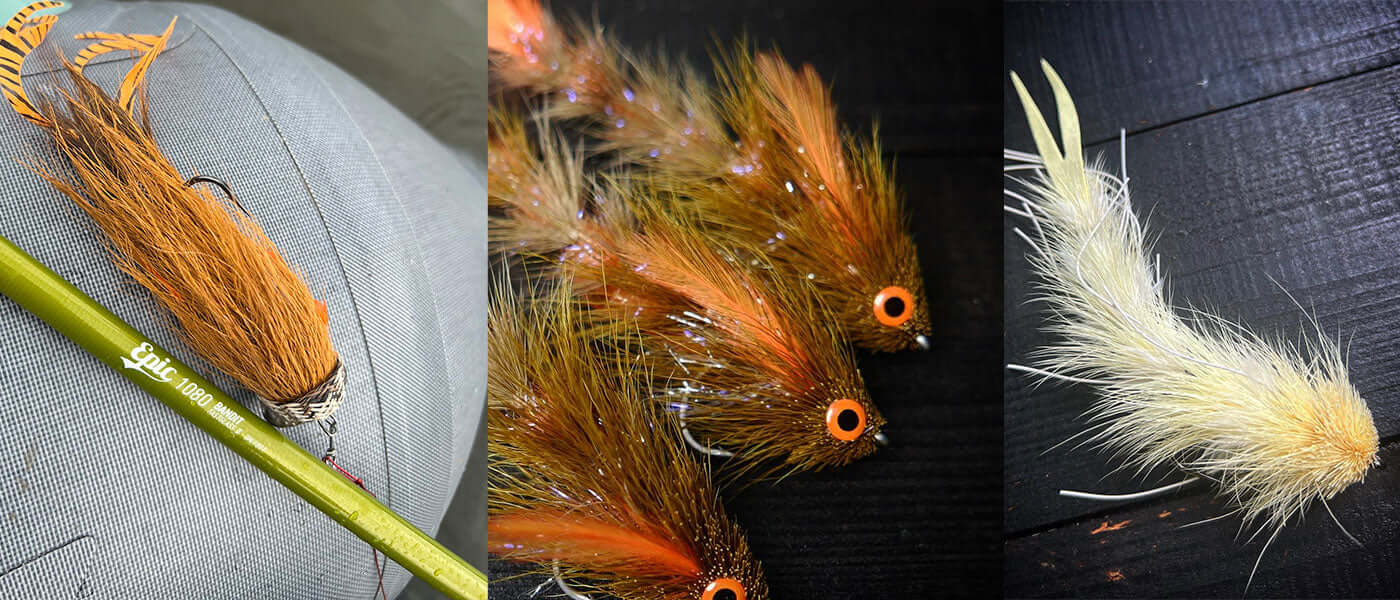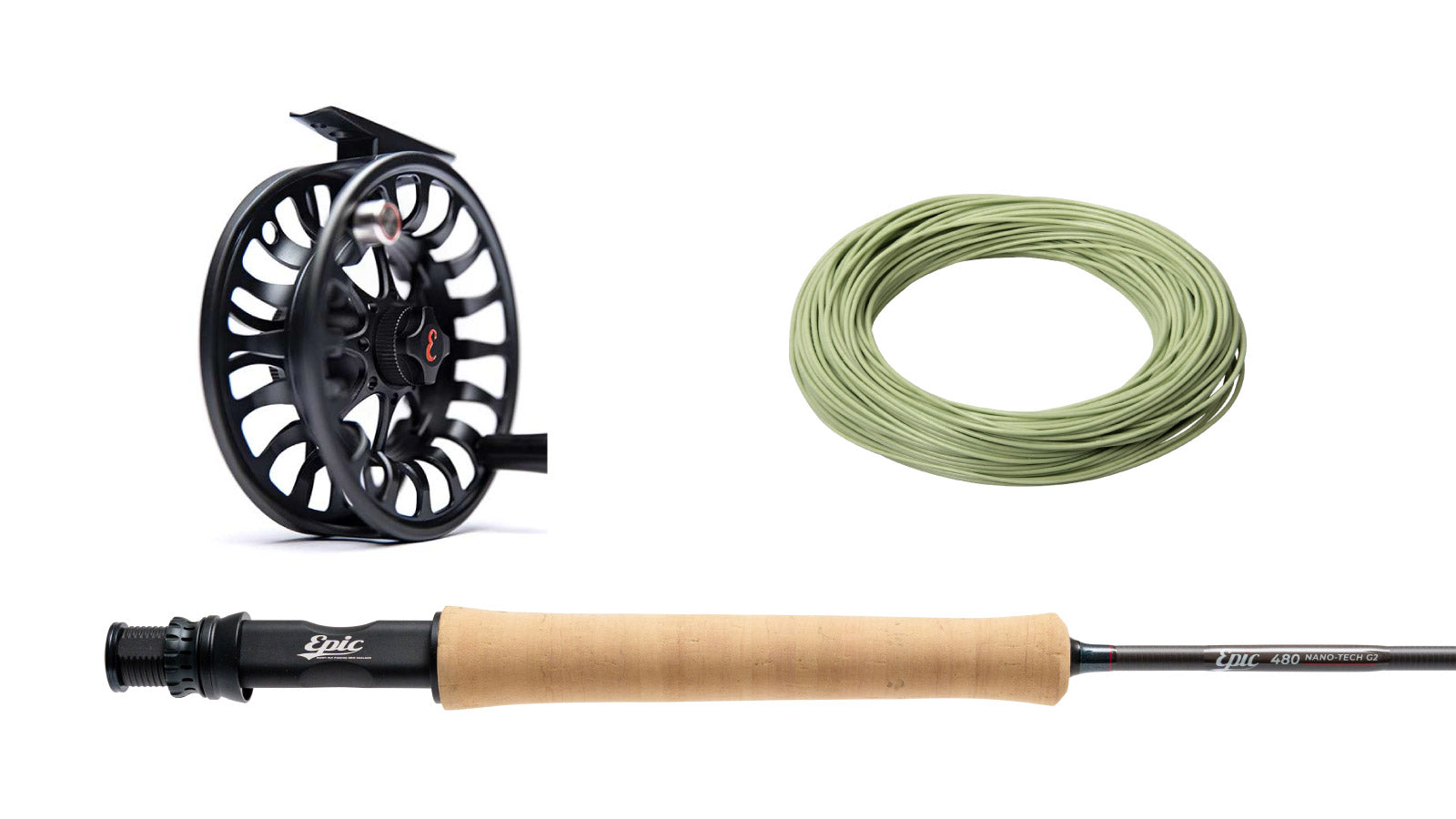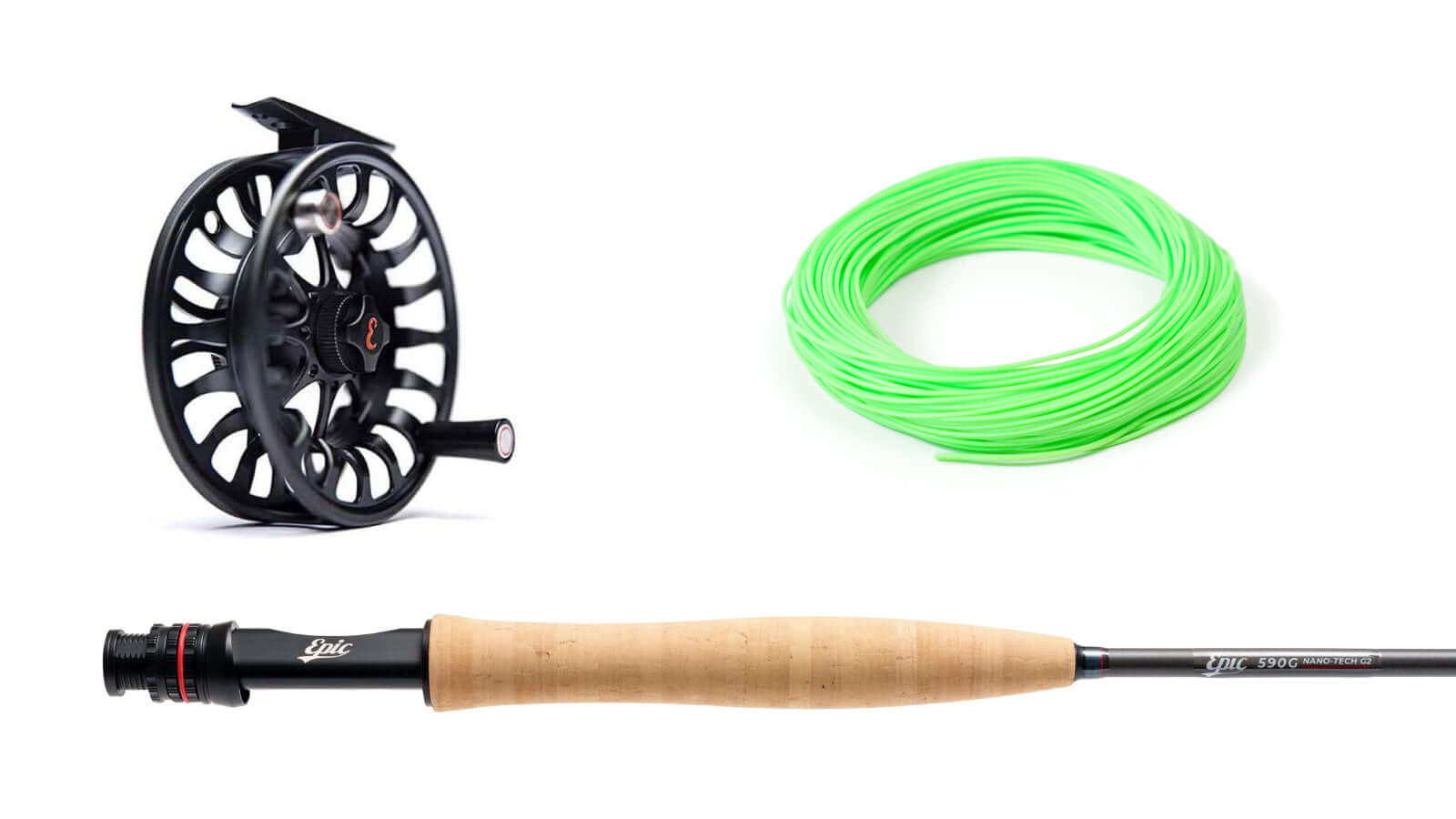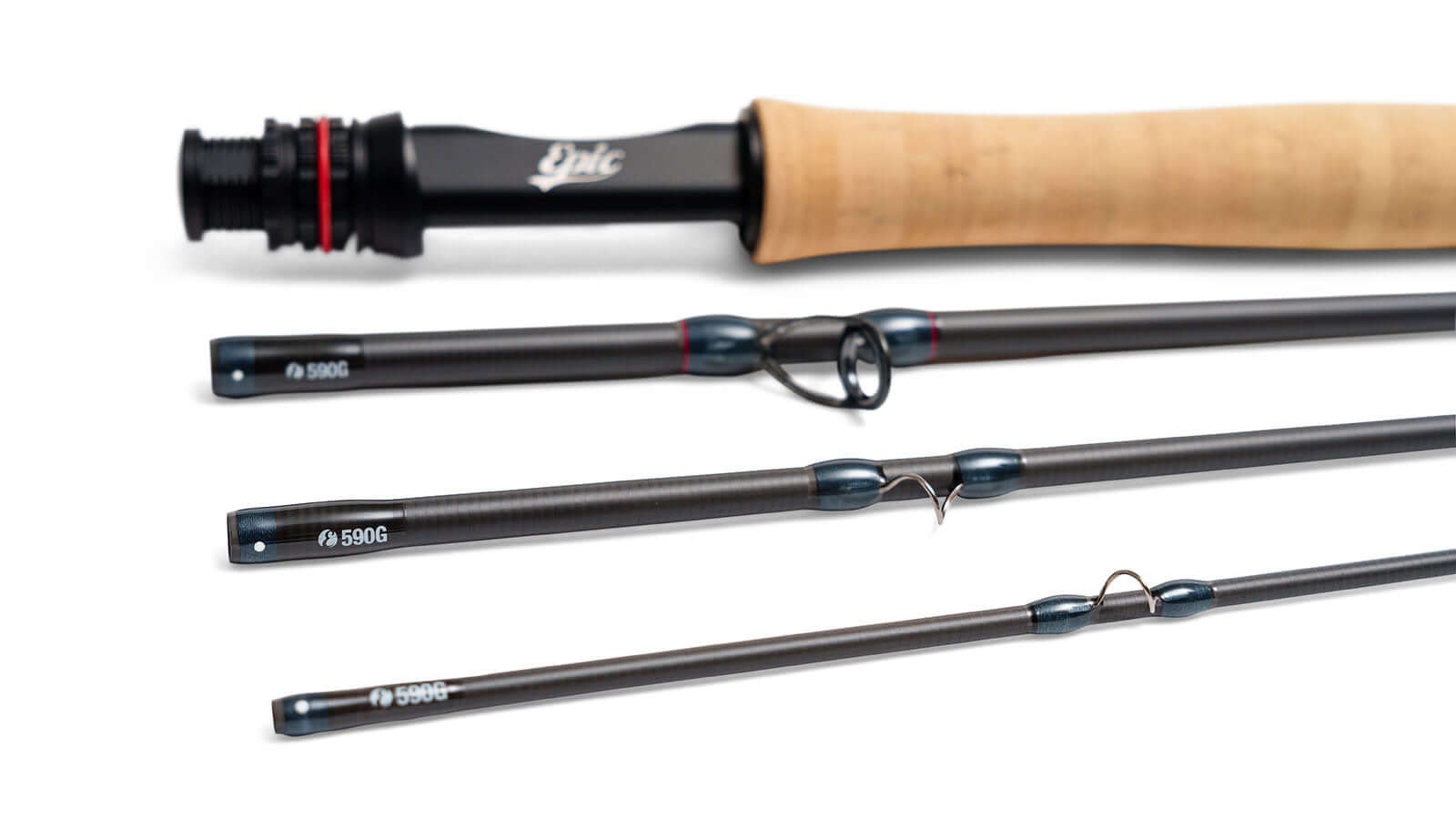Fly fishing and fly casting - Accuracy above all. With Joe Mahler

“Now, drop it in there again, but this time a quarter-inch to the left.” I had just placed my fly in a doormat-sized opening in the mangroves at 75 feet, and that was as close to an “Atta-boy” as I was going to get from Captain Kevin Merritt. No fish struck on that particular cast, but a feisty 22” redfish nailed it on the next one. Those two casts were not luck (maybe a little), but rather the result of hours of focused practice on the grass.
Accuracy skills are probably the least-practiced, but most valuable of all casts. The most common request I get from students is “I want to work on my distance”. Ironically, the best way to increase distance is to start with accuracy. Here are a few tips.
Do a One-Eighty
The first important element in accuracy casting is the back cast. The most efficient and dead-on casts will feature a back cast that is 180 degrees from the target. Straight back, straight forward and there you have it. By the same token, the trajectory of the line should follow that same 180 degree rule, with a shorter cast having a steeper downward angle than a long cast.
Take a stance
With all fly casting, there are a variety of styles that work. The one that works best for me is to square-off to the target. Point your eyes, shoulders, toes and even your belt buckle at the target. For the best results, I prefer a closed stance – placing my right foot slightly forward (the left foot for a left-handed caster). This helps to keep the rod tip traveling in a straight-line path. Try engaging the body by gently gliding back and forth, but not rocking. This will allow you to move the rod in a very straight path and decrease arm movement.
The eyes have it
Serious cyclists know that when you are in danger of crashing, you should not look where you are heading but rather where you want to go. The same holds true for fly casting. While there is some benefit in watching your back cast, especially in long-distance casting, I tell students to keep their eyes on the target. If you are sight fishing and you turn to watch your back cast, you will likely not be able to find your target when you turn your head back around. Even when blind casting, pick a flicker of light on the water, or a piece of floating grass and keep your eyes on it.
Keeping the rod hand in line with your line of sight will also add accuracy. If the rod tip is traveling far from the line of sight, a triangular problem involving the target, the eyes and the rod tip is created (see illustration). When keeping the rod in line with the eyes, the only consideration is how far to cast. As the rod tip path is placed further out, you will still have to gauge distance but now you must factor in an additional angle coming from the side (see illustration). One common mistake I see often, particularly when casting longer distances, is the caster tilting his head in the direction opposite the rod. This may give the caster a feeling of added power, but doing the opposite and tilting the head slightly inward will help keep the stroke in alignment and keep the rod closer to the line of sight.
Hovering
While it is usually best to keep false casting to a minimum, hovering over a target is the best way to hit a target dead-on. Not a great idea on a bonefish flat, but very beneficial in the backcountry or when placing your fly under a dock. It is common to see a caster make a couple of beautiful false casts and on the final presentation, overshoot the target by as much as three or four feet by extending the arm too far forward. Make sure that the stop on the final stroke is precisely the same as on the previous ones. Remember also, to make the stops on the back cast “cookie-cutter” as the tendency is often to drop a little further back with each false cast.

A properly executed double-haul will add distance and control to accuracy casts. The description “In-line hauling” best describes how the haul should be executed by keeping the line hand in direct alignment with the rod hand, line, and rod. The haul itself should mirror the casting stroke in speed and length and, when done “in-line-style”, will aid in accurate casting by keeping both hands moving in line with the target.
A Few Drills
In fly casting, great things happen on the grass. Practice is important and practicing the right way is even more-so. Always do your drills with an outstretched high-visibility cord, or better yet, a tape measure. Frisbees, soccer cones and tennis balls make great targets. There is an adage among flint-lock shooters “Aim small, miss small”, and casting to a tea cup-sized target will definitely improve your average. In my experience, the more care that I take in setting up my course, the more seriously I will take it. You may also want to mark your lines with a sharpie at significant distances. Always practice with a yarn fly of some sort. A five-inch length of brightly-colored surveyors twine doubled and nail-knotted works nicely, tied to the end of an eight-foot tapered leader.
Place targets at ten-foot intervals along the tape and place a few to the outsides. Pay particular attention that the entire length of fly line and leader lands parallel to the tape. If the line lands in a wavy formation, make a few casts and watch your hand throughout to be sure that that it is moving along the straightest path possible. When casting to the out-laying targets, take time to square-off in that direction.
As you practice, try to make your loops tighter and tighter. Strip off another ten feet and do it again. You will find that as your accuracy improves, added distance will naturally follow.
Fly fishing and fly casting - Accuracy above all. With Joe Mahler “Now, drop it in there again, but this time a quarter-inch to the left.” I had just placed my fly in a doormat-sized opening in the mangroves at 75 feet, and that was as close to an “Atta-boy” as I was going to get from Captain Kevin Merritt.
Author

Joe Mahler is one of the USA's leading fly casting instructors and author and illustrator of “Essential Knots & Rigs for Trout” and “Essential Knots & Rigs for Salt Water”. You can Book a fly casting lesson with Joe via his website here
The Black Mamba - Carbon fibre fly rod from top to toe
A Special Limited Edition Custom Epic
Derived from our renowned Graphene G series carbon fibre fly rods and fitted with a custom woven carbon fibre grip.
The stunning Black Mamba is extremely light and durable. The carbon fibre grip is totally non-slip and smooth in the hand.
A fly rod that is both light and incredibly tough! you can check out the Black Mamba here



